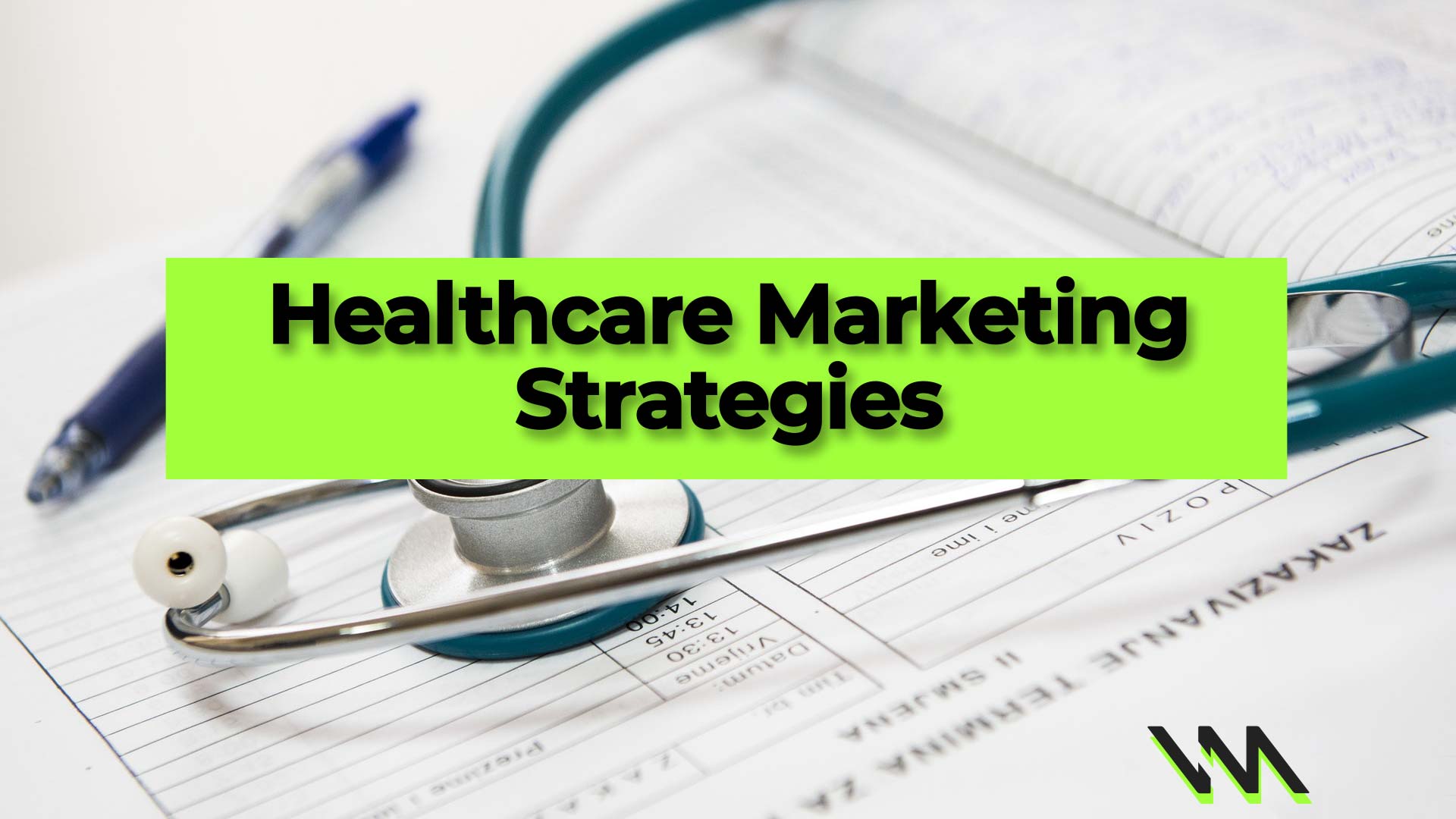Patients of health insurance have more choices than ever before. These patients no longer feel the need to visit the nearest hospital, a medical practice closest to their location, or even healthcare practices with several locations in the community with so much information accessible online. Hence, in order to reach new and returning patients in your region at the best time, it is so critical to have a scheduled, budgeted healthcare marketing strategy.
Establish a responsive healthcare site
According to Practice Bloom, a responsive website is one that automatically adjusts to the screen size, so if the site is viewed on a computer, tablet, phone, or other mobile device, the experience is the same. It’s the trend today in website design, but beyond that, when you crawl every medical website, it’s what search engines are searching for to decide how and where you can rank. Google takes care of the user interface and would give preference to competitors that have a mobile-optimized website. In general, for the mobile digital healthcare experience, responsive sites perform best. But even though you already have a responsive website, you can verify that your content and photos continue to load properly on mobile devices (and promptly!).

PPC Campaigns
When it comes to publicity, the problem for a lot of medical practices is that they just don’t have the time. There are patients to see and paperwork to do, and you’re going for 8 hours already. You can also rely on Paid Ads, a type of Search Engine Marketing, aka Pay-Per-Click (PPC). Paid Ads are a time-saving and cost-effective way to get more patients, referrals, and exposure for your practice through Google Adwords, LinkedIn Ads, and Facebook Local Awareness Ads.
Ask for reviews
Patients usually leave feedback only when they are inspired to do so, or if they have had an experience that is above average (or exceptionally poor). You lose an opportunity to feature positive input from patients who were pleased with their office visit until you seek reviews of your healthcare services. This may be hard for the front office staff to do, and they should not be expected to determine the level of satisfaction of each patient as they step out the door.
Test site speeds
Healthcare advertisers who research online habits of consumers (prospective patients) have found that patients today are less likely than ever to put up with sluggish loading times. It takes just 5 seconds to lose a prospective patient who, due to your sluggish platform, chooses to navigate to their healthcare elsewhere.

Consider traditional media options
Some hospitals, healthcare groups, and practices fear engaging in potential for external media: common forms of advertisement, such as radio, television, billboards, and newspapers. This is a big investment, and in order to see the best, meaningful results, you must be careful about where you spend your money.
If you don’t take the time to adequately train the front office medical workers and patient marketing team, the healthcare marketing approach is ineffective!




